It’s Not Horror, It’s Noir: El Vampiro Negro (1953)
I didn’t know what to expect from El Vampiro Negro. Because it was a Flicker Alley release, and preserved by the UCLA Film and Television Archive, I figured it would surely be worth my time, but as a firm disliker of horror films (and vampires in particular), I’ll admit that the title threw me off a little.
As it turned out, I didn’t have a thing to worry about.
This Argentinian film opens with credits that (the cheery music notwithstanding) put me in the mind and mood of Double Indemnity (1944); you know, where the credits roll atop the figure of a man on crutches slowly making his way toward the camera? Well, in El Vampiro Negro, beneath the names of the film’s cast and crew, we see a man in a trench coat and hat, slowly trying to make his way up a vast, shadowy expanse of stairs, only to tumble backwards just as he reaches the top. Who is this man? Why is he climbing these stairs? What’s wrong with him? I’m not sure that we ever find the answers to these questions, but it’s certainly an attention-grabbing opener.
The second remake of the 1931 Fritz Lang classic, M (which starred Peter Lorre), El Vampiro Negro centers on a series of child abductions and murders in an undetermined city in Europe. The film begins with a psychological evaluation and trial of Teodoro Ulber (Nathan Pinzon), the language teacher accused of the crimes. The noirish tone of the film’s opening is sustained during the evaluation scene. Ulber – depicted in an extreme closeup of his face – is shown pictures from a Rorschach test and asked, “What do you see here?” Through a hazy film of continuously swirling smoke, Ulber’s answer to these queries is that he doesn’t know, but for each picture he’s shown, his mind conjures an image – a laughing woman, a little girl’s smiling face, Ulber himself in a elevator. It’s not until later in the film that we will see these images again, and understand exactly what they mean.
At the trial, we learn that the prosecutor is seeking the death penalty for Ulber, in contrast to the argument from Ulber’s attorney, who wants his client confined to a mental institution, insisting that he suffers from a sickness that can be “reached by the light of goodness.” From here, we enter a flashback that lasts almost the entirety of the film. We meet Amalia (Olga Zubarry), a nightclub singer who sees Ulber dispose of a child’s body in the city’s sewers. And Amalia’s friend Cora (Nelly Panizza), who meets Ulber in the club and develops an unusual relationship with him. And the prosecutor, Dr. Bernard (Roberto Escalada), who is devoted to his sweet-faced, invalid wife, but isn’t quite the soul of virtue that he appears to be.
As I stated at the outset, I wasn’t sure what kind of experience I’d have watching El Vampiro Negro, but within the first 10 minutes or so, I was riveted. The film offers flawed, fascinating, multifaceted characters; moments of nail-biting tension; misdirection and mistaken identity; coincidences and near misses; startling violence; and outstanding cinematography. And my enjoyment of the film was enhanced by the extras that were part of the two-disc Flicker Alley set (one disc is a DVD, and the other is a Blu-Ray), especially a superb feature produced by Steven C. Smith called The 3 Faces of ‘M,’ which provides insights on all three versions of this film and includes interviews with Alan K. Rode and Imogen Sara Smith, film critic Beth Accomando, and others. The extras also include an interesting interview with Daniel Vinoly, son of the film’s director, Roman Vinoly Baretto, and a souvenir booklet containing lots of great photographs and a first-rate essay by Imogen Sara Smith.
Other stuff:
I mentioned that El Vampiro Negro was the second remake of M – the first remake, also called M, was released in 1951 and starred David Wayne in the role of the child killer. This feature was a film noir that boasted a cast brimming with noir vets and familiar faces, including Luther Adler, Howard Da Silva, Raymond Burr, Karen Morley, Norman Lloyd, Steve Brodie, and Jim Backus.
For reasons that I’ve been unable to fathom, the film contains stock shots of Chicago – one shows the city’s Wrigley Building and Michigan Avenue Bridge (and two buses with the name of the city on them!). There’s another stock shot that I’m fairly certain is also Chicago, showing the El and some nearby buildings housing businesses and apartments. Why are these in the movie? I need answers.
The child abducted by Ulber at the end of the film was played by the director’s daughter; she acted under the name “Gogo.”
I highly recommend that you check out this release. Treat yourself!
__________________
Thanks to Flicker Alley for providing me with this screener for review!





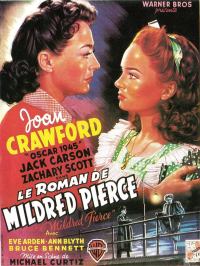




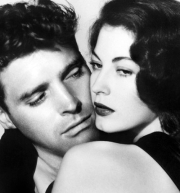













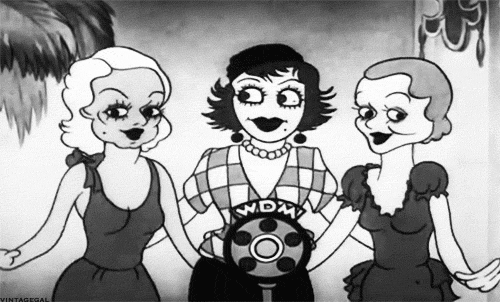
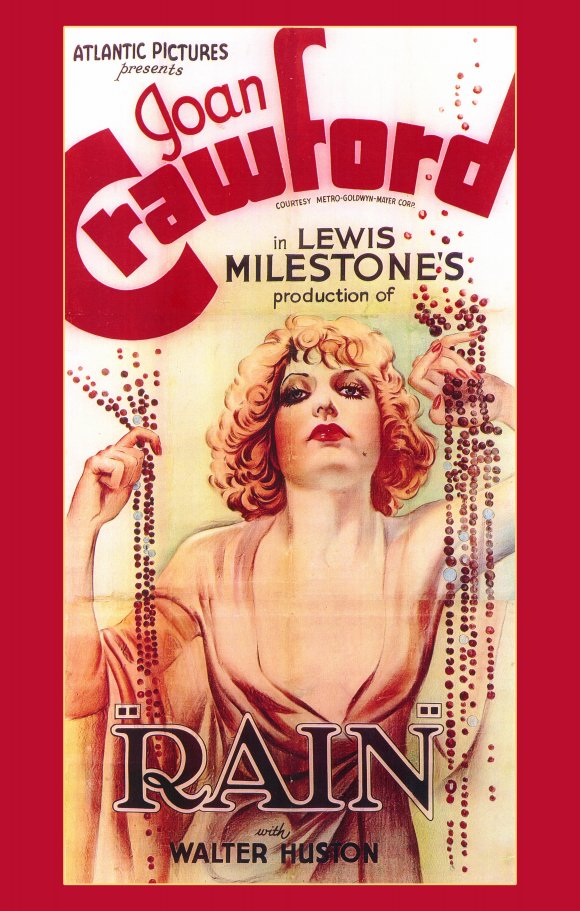

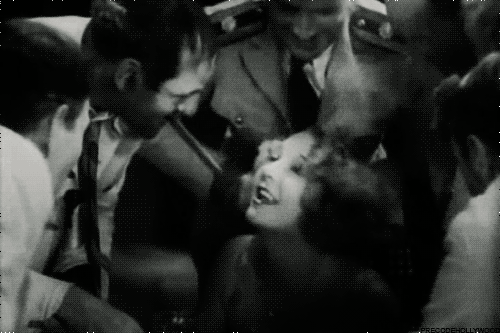
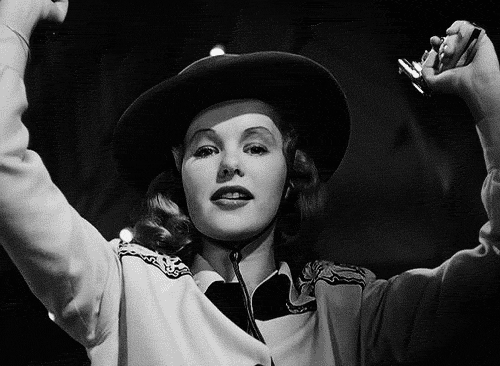

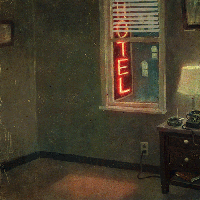
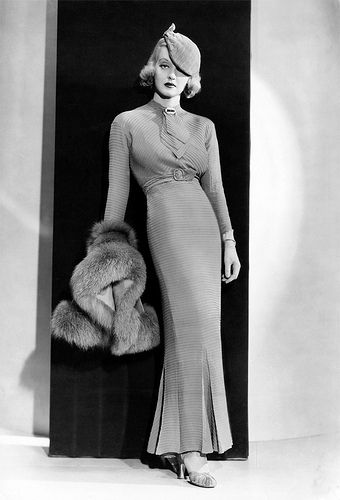



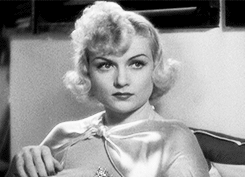





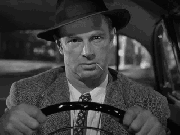

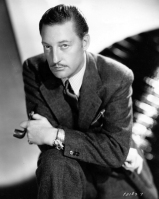
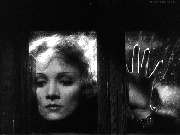


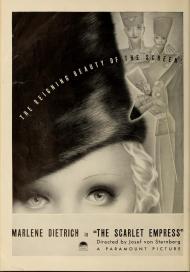
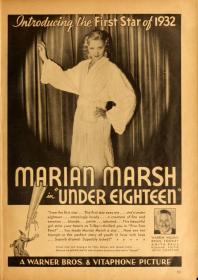
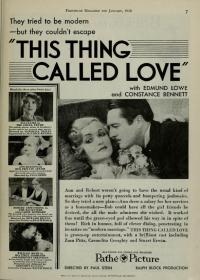





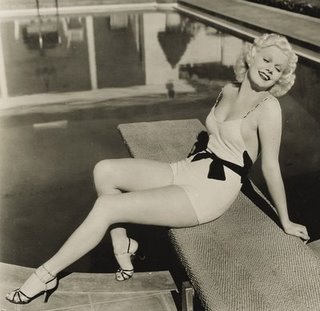





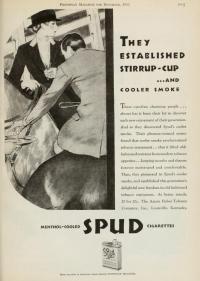

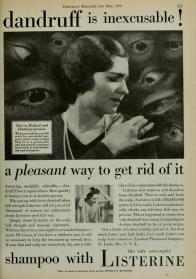
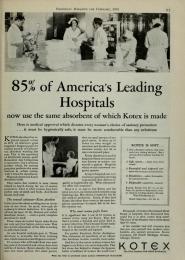
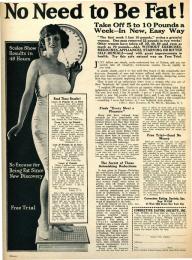


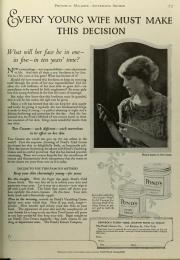
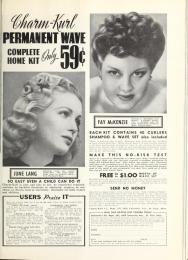
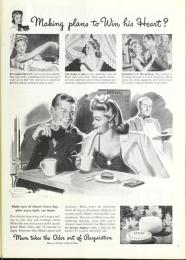


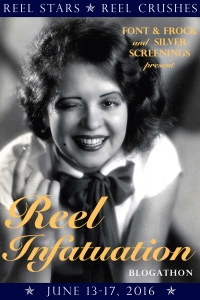

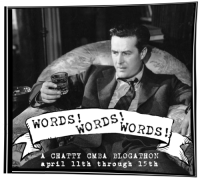

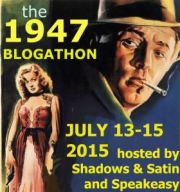







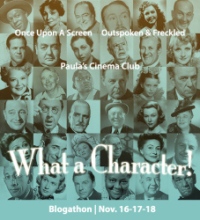





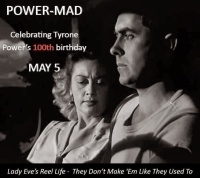


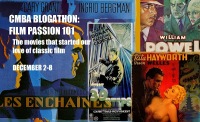






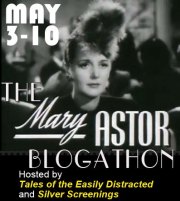


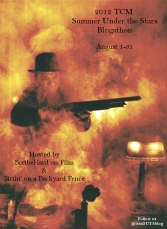


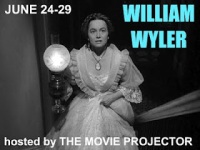


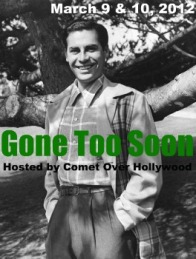


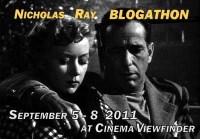

I love rare exotic films like this. Thank You 😊
Thank you for commenting, Andrew! I was really impressed with it — especially on my second viewing!
Sounds very good, this story has made for excellent adaptations. And those extras look great too
I was very pleasantly surprised. And it’s interesting — there were so many expanded or revised elements from the previous two versions, I didn’t even realize that this was a remake until I saw the 3 Faces of M!
Had I not read your review, I would’ve given this film a hard pass. But it sounds really intriguing! I hope to cross paths with this soon.
I hope so, too, Ruth! (Did you get my email?)
I did get your email, and it made my week. 🙂